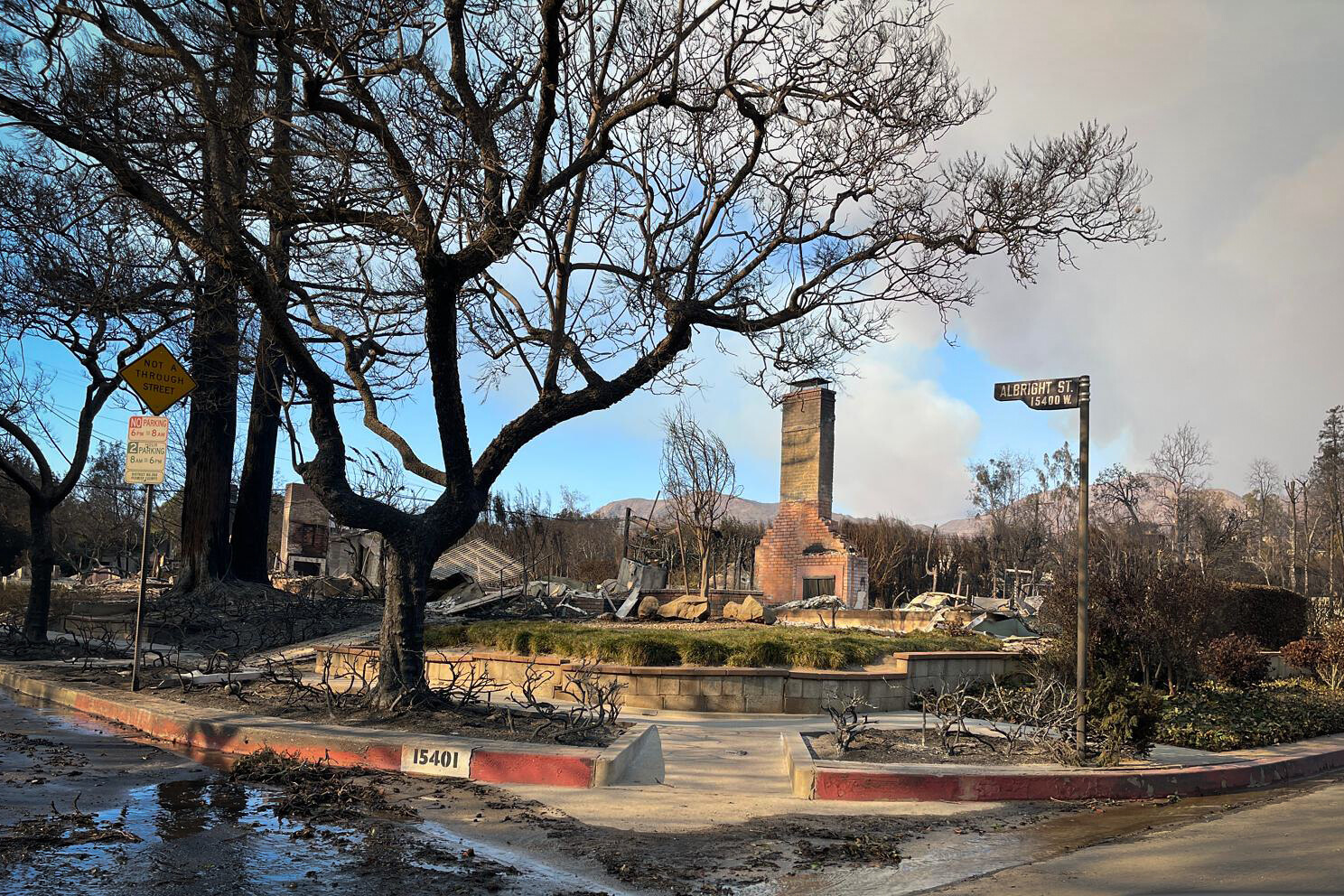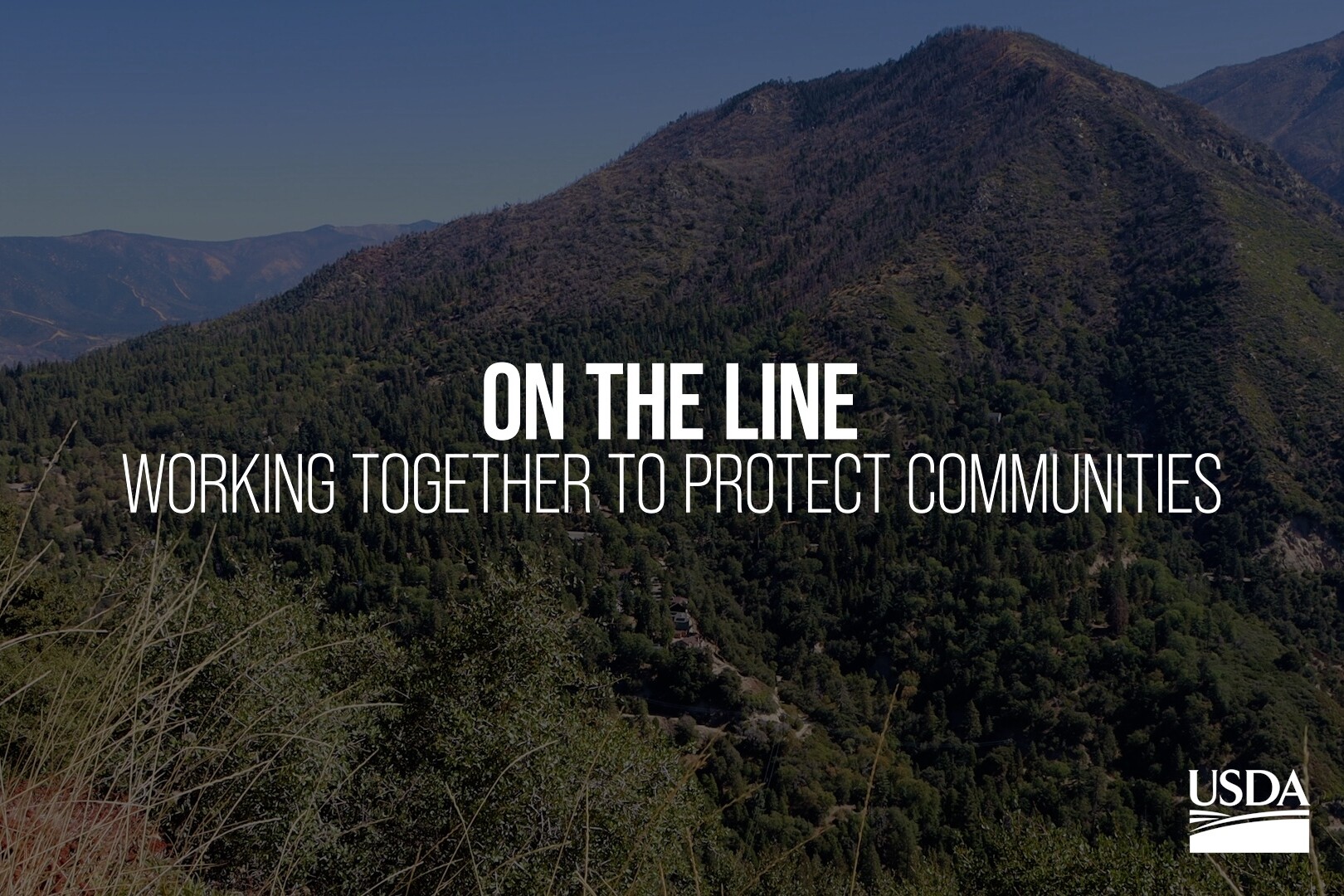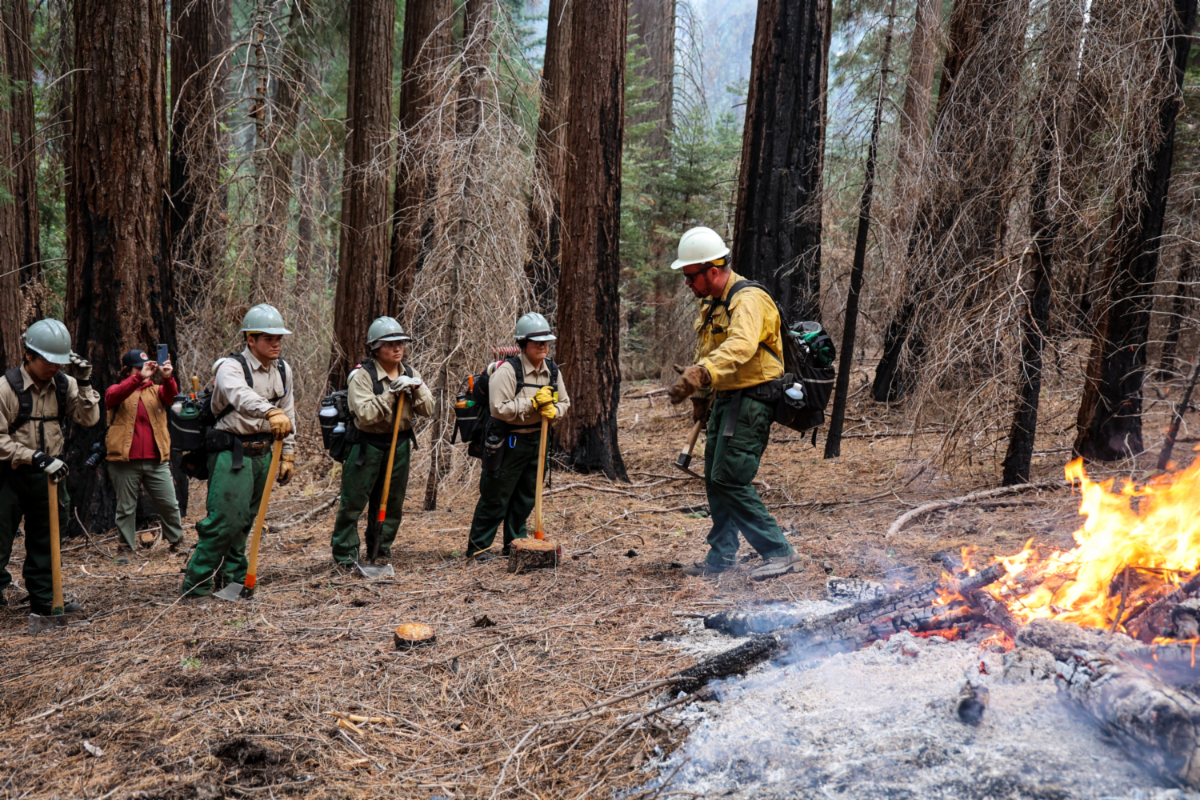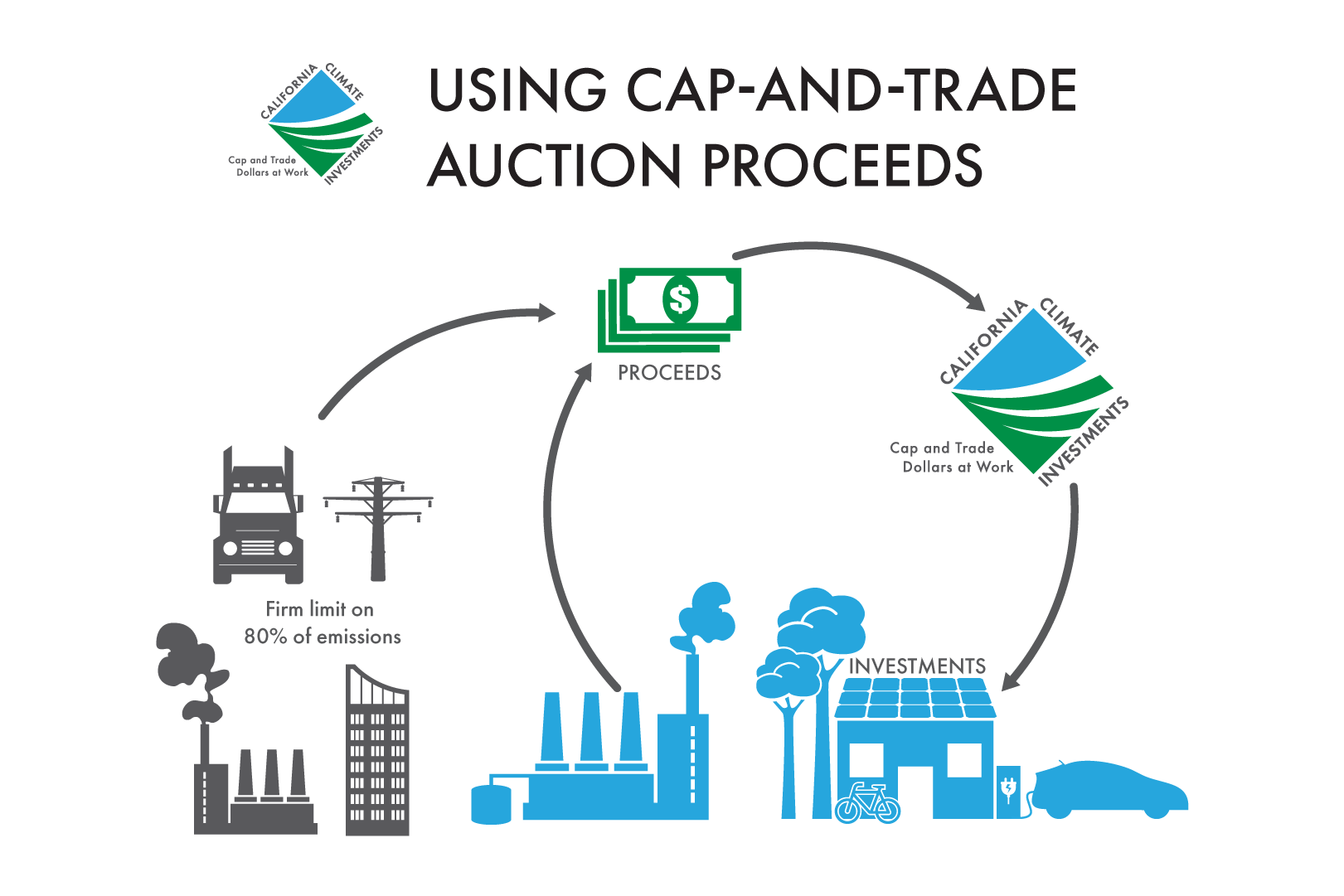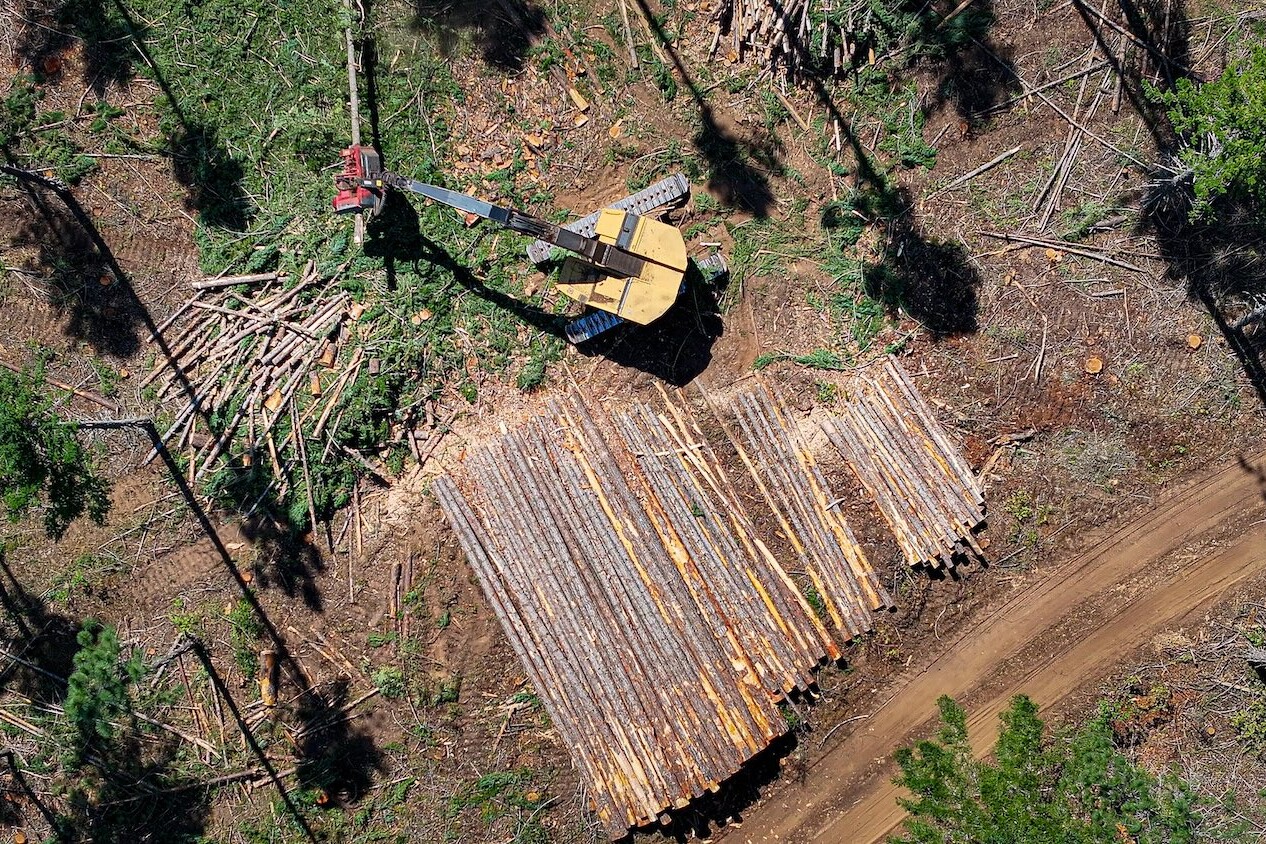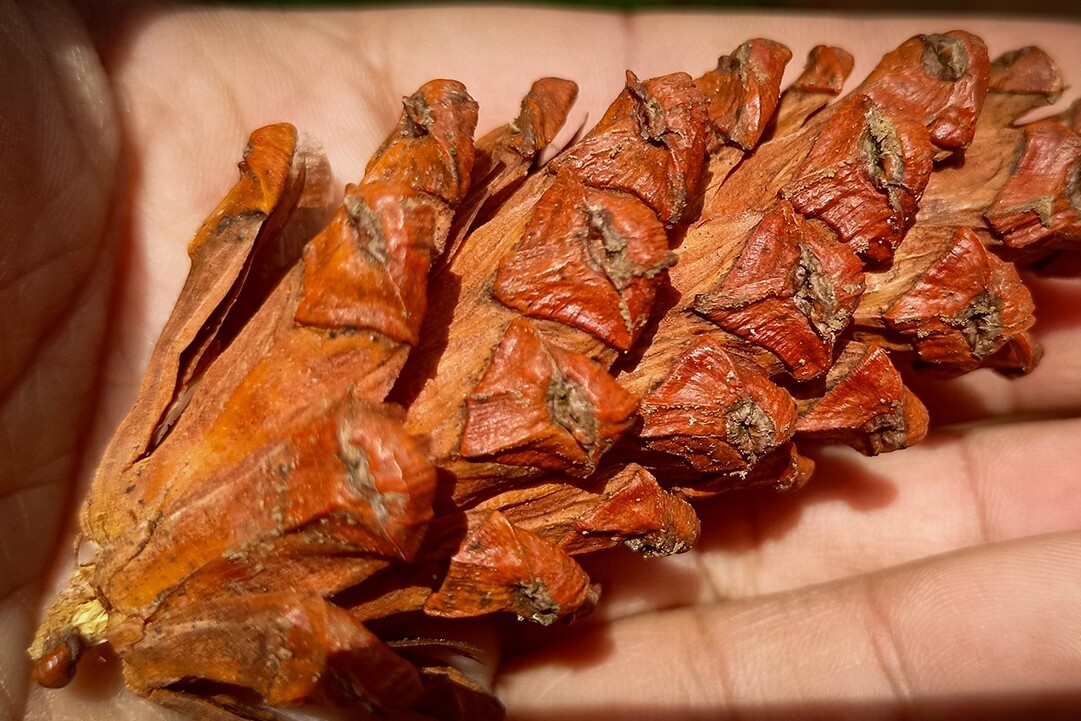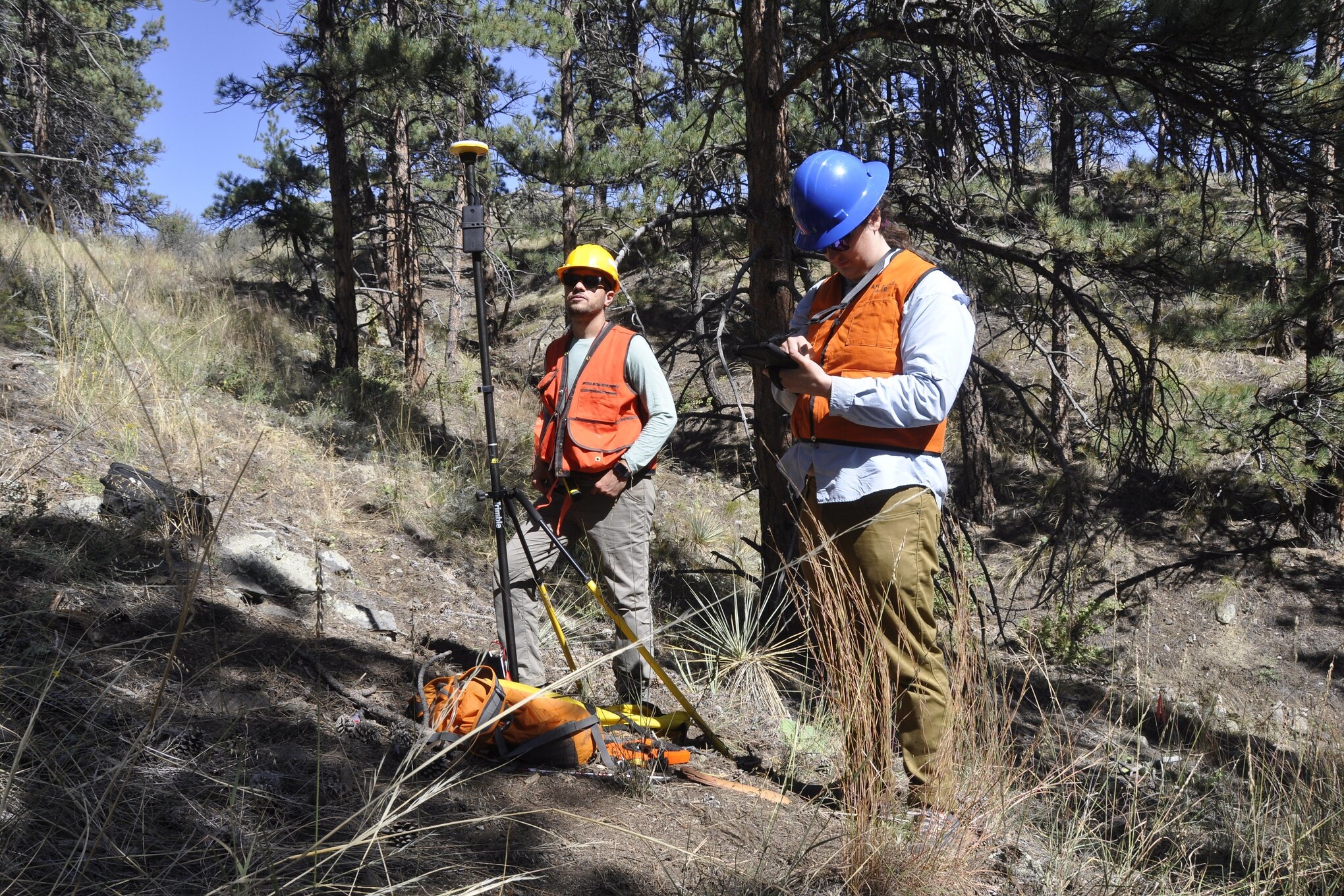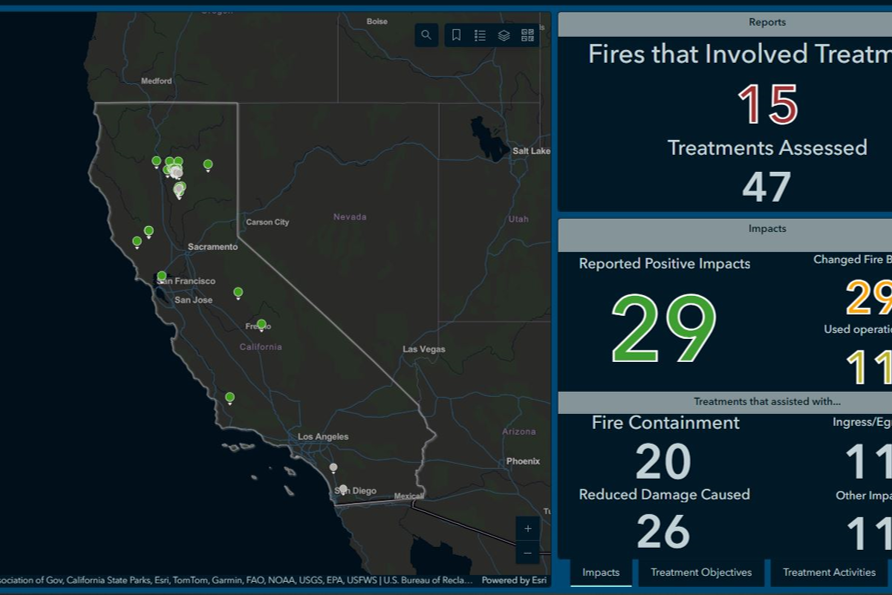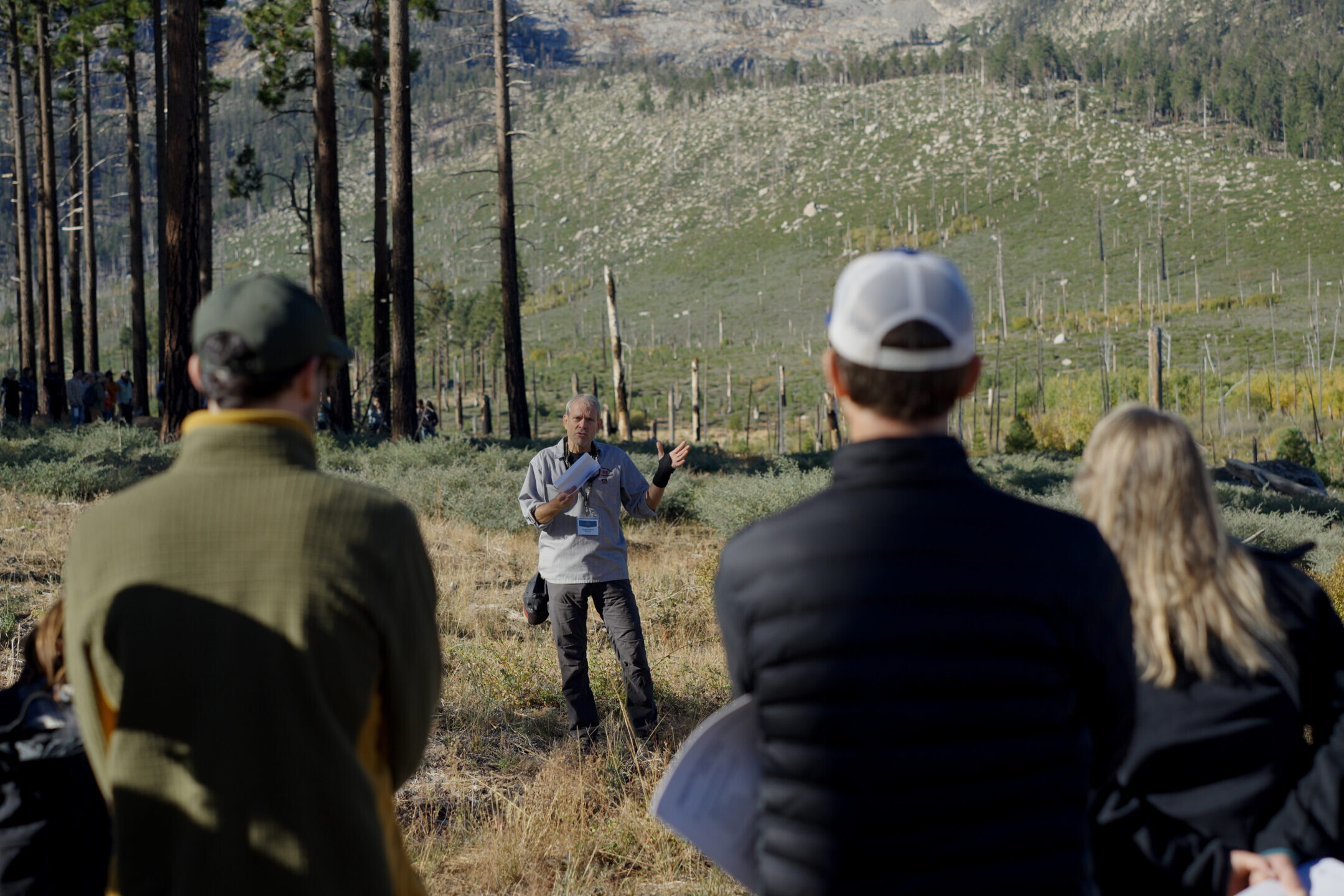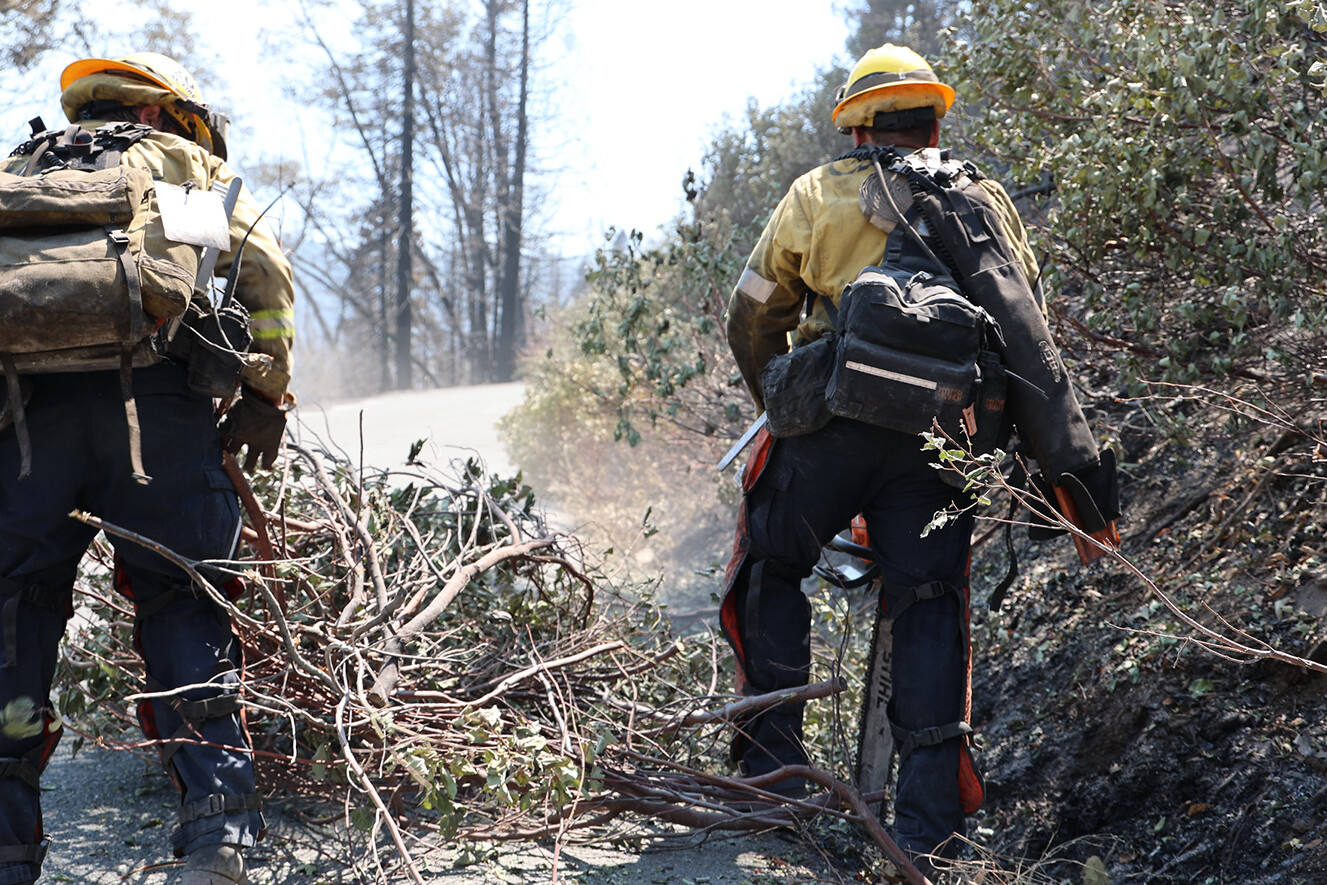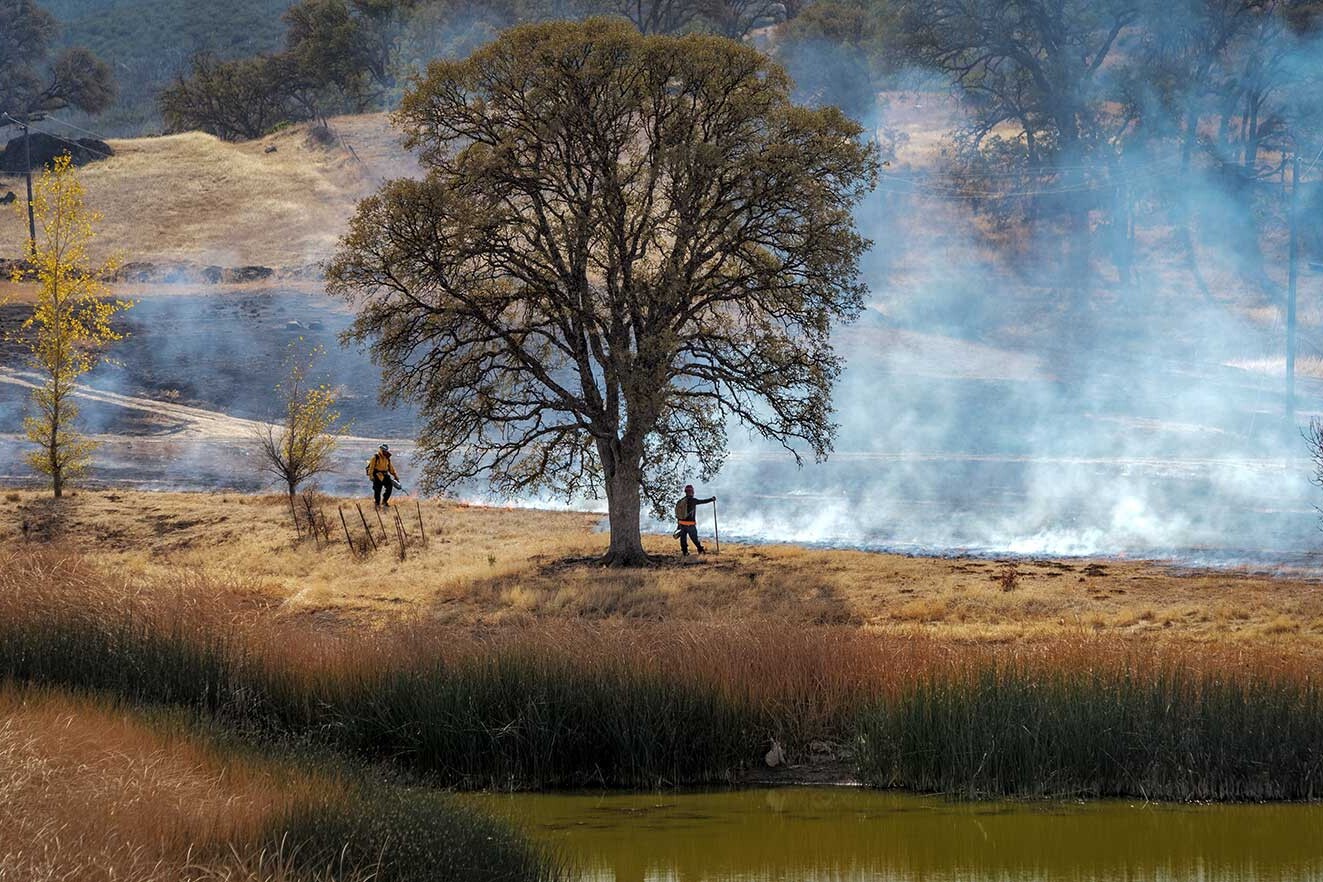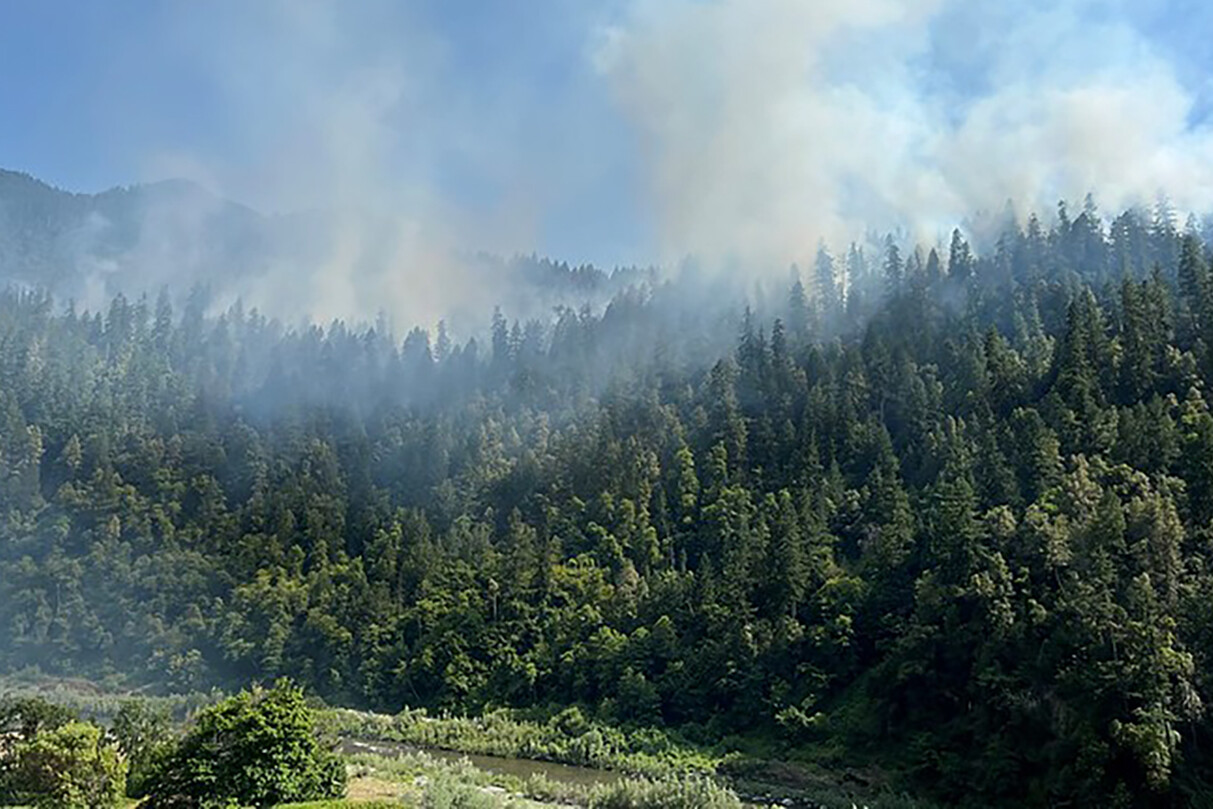goal 1
To meet the unprecedented challenges we face, The Task Force partner agencies will significantly increase the pace and scale of forest health and community resilience projects, with a goal of treating one million acres annually by 2025. The overarching objective of Goal 1 is to improve the health and resilience of the state’s forested landscapes, including woodlands, grasslands, chaparral, shrublands, and related vegetation types that yield both ecological and community benefits. The Action Areas below Goal 1 promote healthy vegetation to improve climate resilience, reduce the risk of catastrophic wildfire, safeguard water and air quality, protect fish and wildlife habitat, enhance biodiversity, sequester carbon, improve recreational opportunities, and generate job and economic opportunities.
Forest Management
Finding cross-jurisdictional solutions to improve the health of California’s forests and other natural and working lands through the increased use of prescribed fire and restoration projects, and strengthened partnerships with, and support for, private land owners.
Private Landowners Assistance
Working to establish a common framework and shared goals to expand forest management across non-industrial private forestlands and to support private landowners in wildfire resilience initiatives.
State Lands
Applying a comprehensive strategy to expand forest management and improve the health and resilience of forested state lands to protect some of our most valuable natural areas such as state parks, demonstration state forests and CDFW-managed wildlife areas.
Beneficial Fire
Actively collaborating with policymakers, land managers, air quality specialists, landowners, and key public stakeholders including Native Americans, ranchers and rural communities to get more “good fire” on the ground.
Workforce Development
Addressing unmet needs in our forestry workforce, this group is collaborating to make training and vocational education programs widely available and accessible.
Regional Frameworks
Applying a regional approach to managing our state’s many forestry and wildland ecosystems and communities by empowering local communities and municipal agencies to set priorities for resilience projects.
Working Forests
Funding working conservation easements and acquisitions across forests, these programs reduce wildfire risks and help protect natural landscapes, promote sustainable and resilient forest practices, and encourage long-term land stewardship.
Reforestation
Creating a holistic, comprehensive and coordinated reforestation strategy that reflects shared stewardship principles and can meet the needs of both state and federal lands.
Timber Harvest Regulations
Coordinating state agency initiatives to streamline forest planning and the regulatory processes in relation to timber harvesting, reforestation, vegetative fuels treatments and land conservation.













